What is Cess in GST? Everything You Need To Know

The Goods and Services Tax (GST) made its entry on July 1, 2017, which is a form of indirect tax country-wide. GST is applied at the time of supply and is based on the consumer’s location.
States manufacturers that included Haryana, Karnataka, Maharashtra, Gujarat, and Tamil Nadu were very much concerned about the loss of revenue due to the consumption-based character of GST.
As a result, the government enacted the GST Compensation Cess, often known as the GST Cess, to compensate for the potential revenue losses faced by such manufacturing states.
Because of the current laws, however, only this particular compensatory cess of the GST regime will be applied for the first five years from July 1, 2017, to July 1, 2022.
So what does that imply? And what does it mean for our economy after July ‘22? Keep reading as we try to answer all your questions regarding cess in this article.
What is a Cess?
A Cess, unlike other taxes and duties such as excise and personal income tax, is levied as an extra tax on top of the current tax (tax on tax) to raise revenue for a specified purpose. A cess is a tax that is added to the basic tax responsibility of the general public as part of the total tax paid.
What is Cess in GST?
The Goods and Services Tax (Compensation to State) Act, 2017, applies a compensatory cess which is known as the GST cess.
It is applied on intra-state and inter-state sales of goods and services to compensate states for revenue lost as a result of GST implementation in India. This cess acts as a conduit, filling in the gaps left by the retirement of the previous indirect tax regime.
With the implementation of GST, the traditional manufacturing-based taxing model of excise legislation was replaced with a destination-based taxation model. It means that income will now be transferred to the states where the goods or services are used.
This concept did not sit well with states that had invested extensively in manufacturing enterprises in order to enhance indirect tax income. This GST cess seeks to compensate those states for the revenue loss over a five-year period. If the GST council decides, the five-year tenure can be extended.
Also Read: The Complete Guide to Reverse Charge in GST
Noteworthy aspects of the GST Cess
The GST Cess’s key Aspects are:
- Figuring out how much revenue was generated in the previous year.
- Calculating and disbursing compensation
- Estimating revenue
The Compensation Act covers mechanisms for collection, payment return, refund, and other concerns.
Every person who is taxable and thereby making a supply of goods and services which is again taxable must pay the amount of Cess due under this Act in the manner required and request for refunds in the form prescribed.
Collection of the GST Cess
Apart from exporters, all suppliers of specified goods and services are required to collect the GST compensation cess.
Compensation cess is also levied on some imported goods (where Custom Duty is payable), mostly luxury items and depreciation categories such as alcoholic beverages and tobacco.
The compensation cess would also cover some commodities that are imported in India. If a compensation cess is levied on exports, the exporter is entitled to a return.
For the supplies a taxable person made who has also chosen the composition levy under section 10 of the Central Goods and Services Tax (CGST) Act, there would be no cess.
Types of cess in India
- Cess on Exports
- Cess on Crude Oil
- Cess on Education
- Cess on-road and Infrastructure
- Cess on Other Construction Workers Welfare
- Cess on National Calamity Contingent Duty
- Cess on Tobacco Products
- Cess on The GST Compensation
- Cess on Health
The GST Cess- uses
The cess on GST compensation earnings is deposited to the Goods and Services Tax Compensation Fund, which is a non-lapsable fund.
The proceeds would then be used to compensate states for lost tax income as a result of the GST implementation. If any funds remain unutilized at the conclusion of the transition period, the Central Government and the State Governments will split them in half.
Applicability
The GST Cess will be extended to both the supply of commodities and the provision of services that have been notified by the government.
Furthermore, both intra-state and inter-state deliveries of goods or services would be subject to the GST cess. Except for all the taxpayers registered under the GST composition system, all other taxable people are needed to collect and remit the GST cess.
The following items will be subject to the GST Cess:
- Pan Masala
- Tobacco and manufactured tobacco substitutes
- Coal, briquettes, ovoids and similar solid fuels
- Aerated waters
- Motor cars and other motor vehicles principally designed for the transport of persons
- Any other supplies as notified
How to calculate GST Cess?
Before levying any GST, a GST cess is imposed on the price of products. If the compensation Cess on ovoids is Rs 400 per tonne and the price at which a tonne of it is sold is Rs 8,000, the GST Cess would be Rs 400. Besides that, GST at the standard rate will also be collected.
Assume the value of products brought into India is Rs 200, with a GST rate of 18% and a customs tax rate of 10%. Because Compensation Cess is not collected on IGST, if the goods attract GST Compensation Cess, it would be levied on rupees 230.
Section 3 of the Customs Tariff Act, 1975, will apply to the compensation cess on items imported into India. It will be imposed when customs duties are levied on the aforementioned items under section 12 of the Customs Act, 1962, on a value set under the Customs Tariff Act, 1975.
The exporter will be eligible for reimbursement of the cess (input tax) paid at the time of purchase if the items are exported outside of India under bond.
On the cess of intra-state supply of goods and services, the laws and regulations of the CGST Act, 2017 would apply. The IGST Act, 2017 and the Rules promulgated thereunder will apply to inter-state supplies.
Also Read: Step-By-Step Guide to Calculating GST
The implication of cess in GST
There has been a significant deviation from consumption-based indirect taxes and toward destination-based taxes. Many states were against such a proposal. Therefore, the Central government used the GST compensation cess to rectify the problem.
As a result of the cess, the manufacturing states will get revenue. In the meanwhile, they will shift their focus to growing consumption in their own states in order to increase indirect tax collection.
Cess collection has been drastically reduced because of the present pandemic crisis. As a result, the central government has two options: it may change the GST cess formula or borrow money from the market.
How long is it supposed to last?
The compensation cess is slated to terminate in July 2022 under the GST statute, which is established in such a way that it lasts for five years.
This five-year term allows states to acclimate to the new regime and transition. However, because the Cess has undergone several revisions, the government may amend it in accordance with the GST council’s recommendations.

Maximize Your Online Business Potential for just ₹79/month on Lio. Annual plans start at just ₹799.
How can Lio help?
Lio is a mobile integrated user-friendly app that helps in organizing data in a very systematic way. One can use the Lio app to track all their existing records to maintain their business in a very systematic way.
Lio is a useful application that helps in maintaining records in the form of tables and spreadsheets. It helps the business to record the activities which are easily accessible 24/7.
Here are the steps one should take while using the template.
Step 1: In the Item column, enter the name or description of the expense.
Step 2: Enter the value of the expense in the Amount column. The total of all expenses for the period will be automatically calculated and shown at the end of this column.
Step 3: In the Notes template, enter any extra information or notes related to the expense.
The template itself can be customized to the user’s liking by adding new columns. Simply click on the + on the top right of the template.
Not downloaded the Lio App yet? Here is how you can start with Lio App.
Step 1: Select the Language you want to work on. Lio for Android

Step 2: Create your account using your Phone Number or Email Id.

Verify the OTP and you are good to go.
Step 3: Select a template in which you want to add your data.

Add your Data with our Free Cloud Storage.
Step 4: All Done? Share and Collaborate with your contacts.

Conclusion
A GST council meeting was conducted on May 28, 2021. To cover the gap in GST compensation cess fund collection, the Central Government recommended borrowing Rs. 1.58 lakh crore.
The Central Government anticipates a cess payment of roughly three lakh crore this fiscal year, assuming an annual growth rate of around 7%.
The cess fund has failed to meet its payment obligations for the second time in a row. The central government is even considering changing the initial method for calculating the cess to make it less burdensome.
Since it was a constitutionally approved agenda, the Central Government’s ability to achieve it is under a state of dubiousness. We hope you keep track of our articles to learn more about GST, business and accounting strategies, and other important information.
Frequently Asked Questions(FAQs)
What is the destination-based taxation concept?
A destination-based taxation approach means that goods and services are taxed where they are consumed rather than where they are produced.
How is the value of goods or services determined for the purpose of calculating the compensation cess?
Where the cess is levied on any supply of goods or services or both, the value of any such supply is calculated under section 15 of the CGST Act, according to section 8(2). This is true for both intrastate and interstate operations.
Is there any GST cess on selling old and used vehicles?
There are now two notifications on the application of the GST cess on old and used automobiles. According to Schedule Entry No. 5, the supply of old and used motor vehicles is referred to as the supply of motor vehicles, and the compensation cess rate was 15%. Exemption from Compensation Cess on the sale of all old and used motor vehicles was provided on the 25th of January 2018 via Notification No. 01/2018.
Furthermore, neither GST ITC nor ITC of Central Excise Duty, VAT, or any other taxes paid is taken into account when purchasing such a motor vehicle.
What does the term “input-tax credit” mean?
An input tax credit (ITC) is a tax paid when goods or services are purchased. You can set off your GST output with the input at the discharge of tax due if you are not a composition dealer.
What does the term “composition supply” mean in the context of GST?
The composition scheme is a clear and simple system in which the assessee does not issue bills in accordance with the GST rules. Instead of a GST bill, they provide a statement of supply and pay their GST as a percentage of sales. Depending on the type of goods/services supplied, this charge ranges from 1% to 6%.
What is a council of GST, and what is its work?
Under the GST framework, the GST Council is the decision-making body. The Finance Minister, the chairman of the council, and the state finance ministers make up the body. The Union and the States receive proposals from the Council. All revisions to the legislation are reviewed by the council.


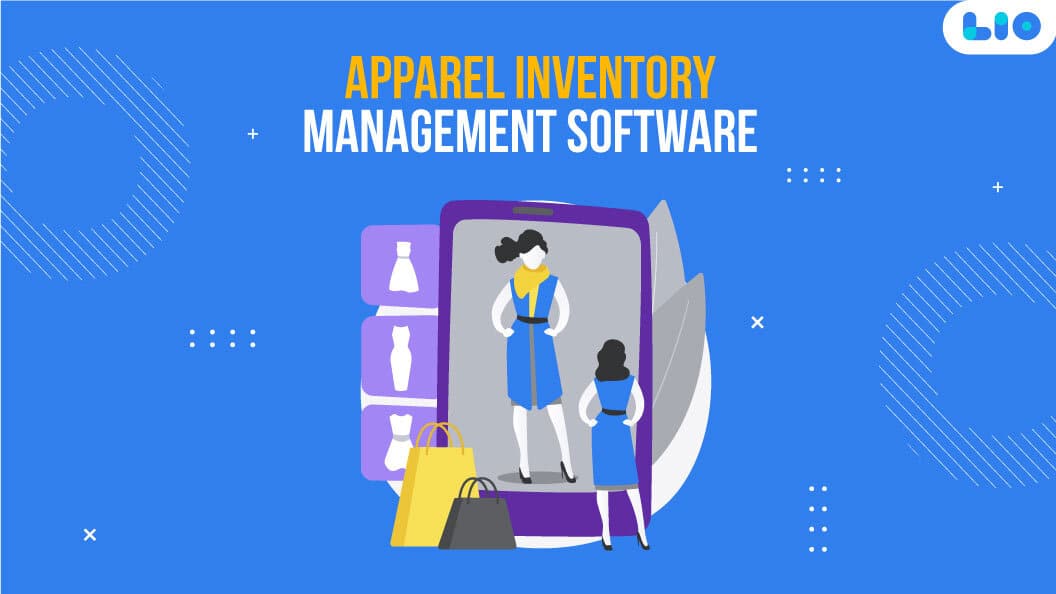


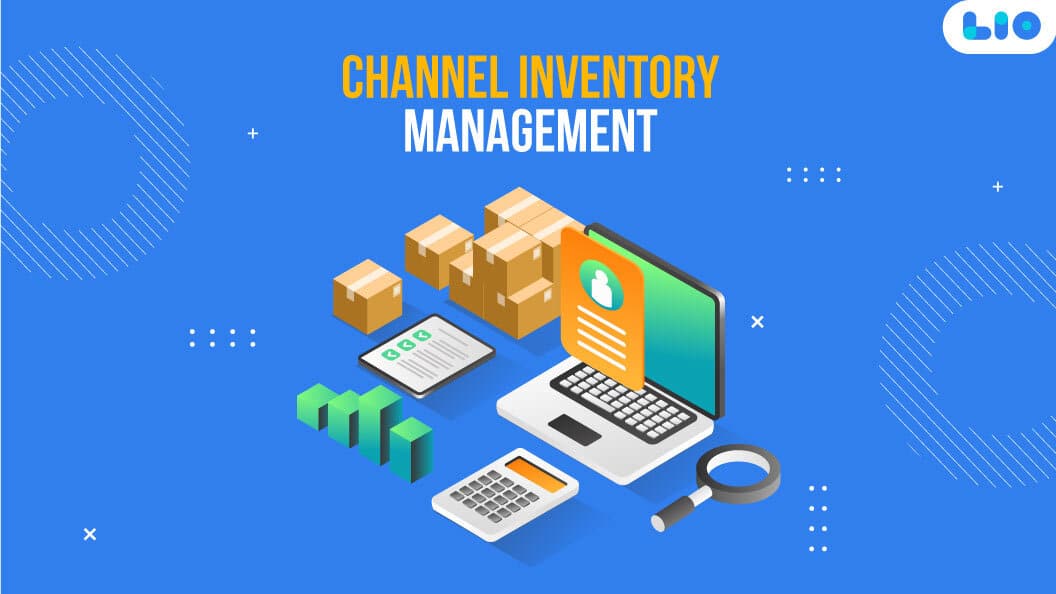


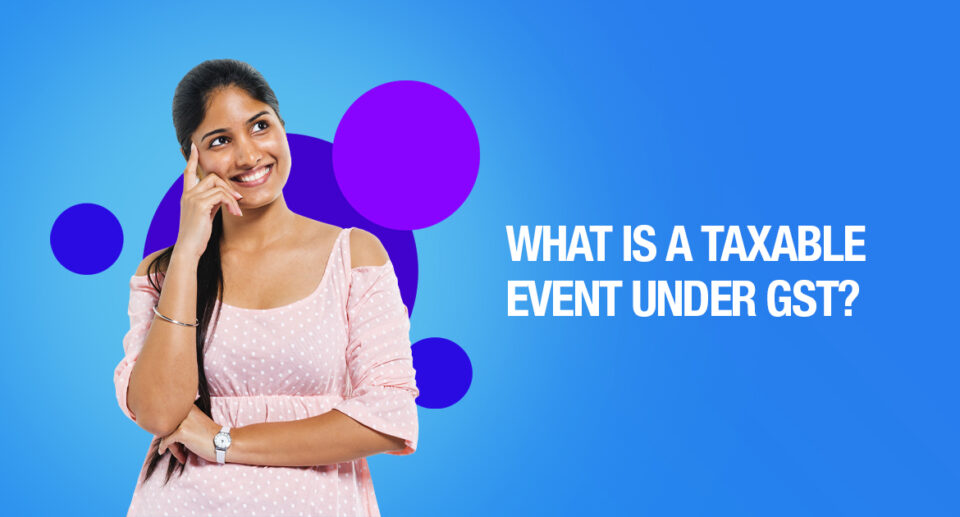
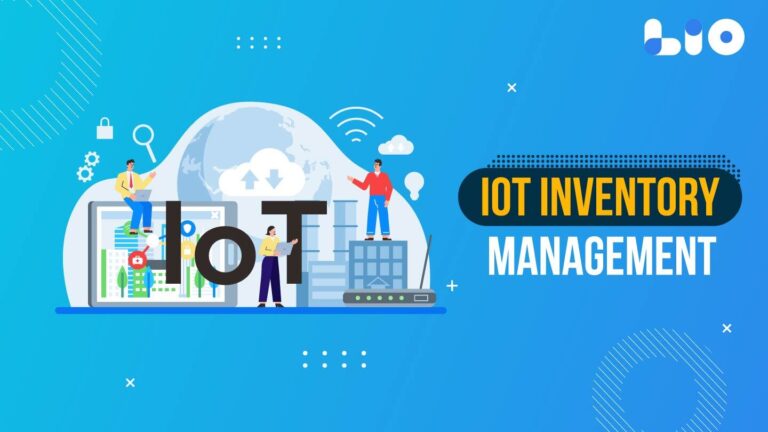
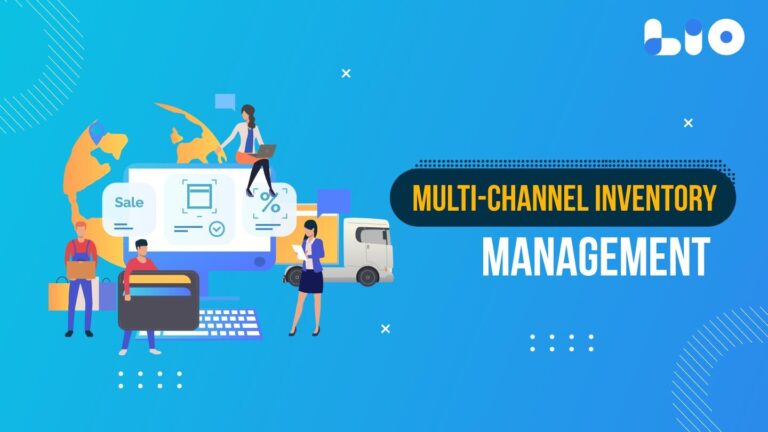
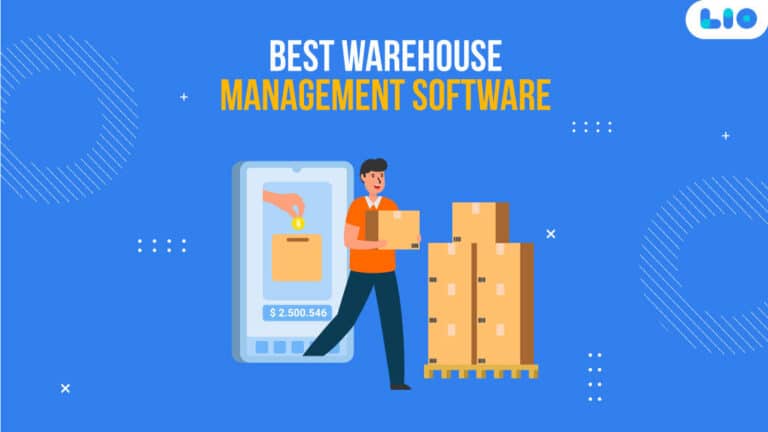
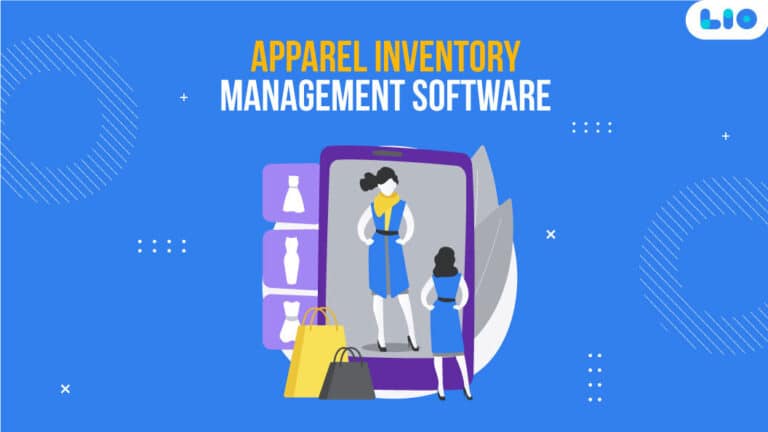



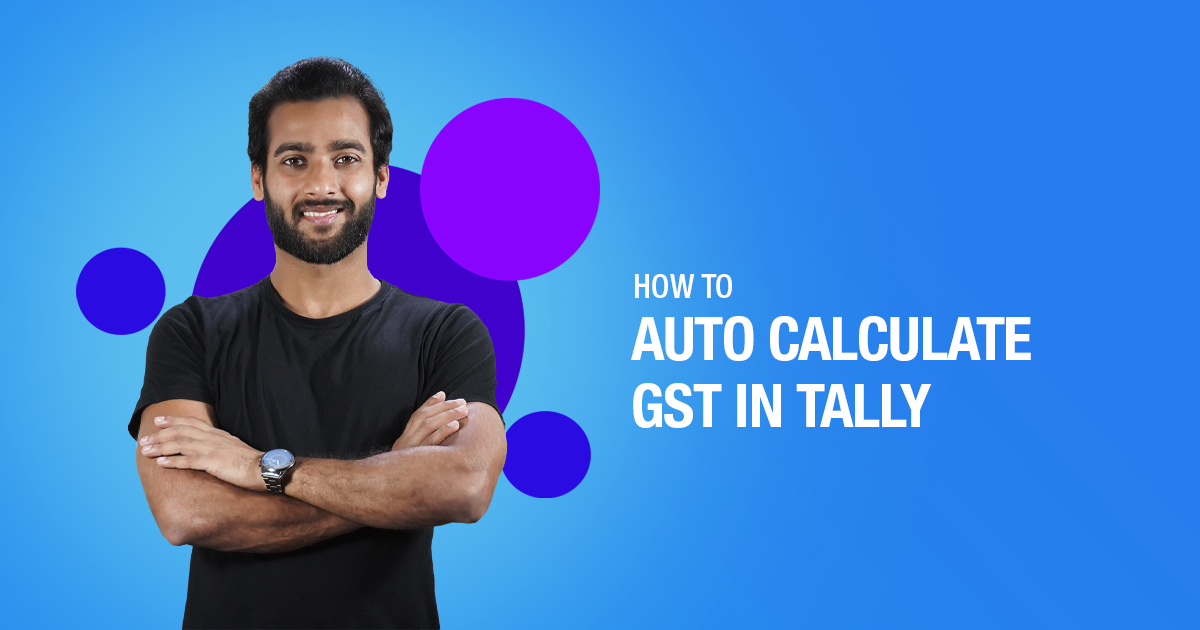
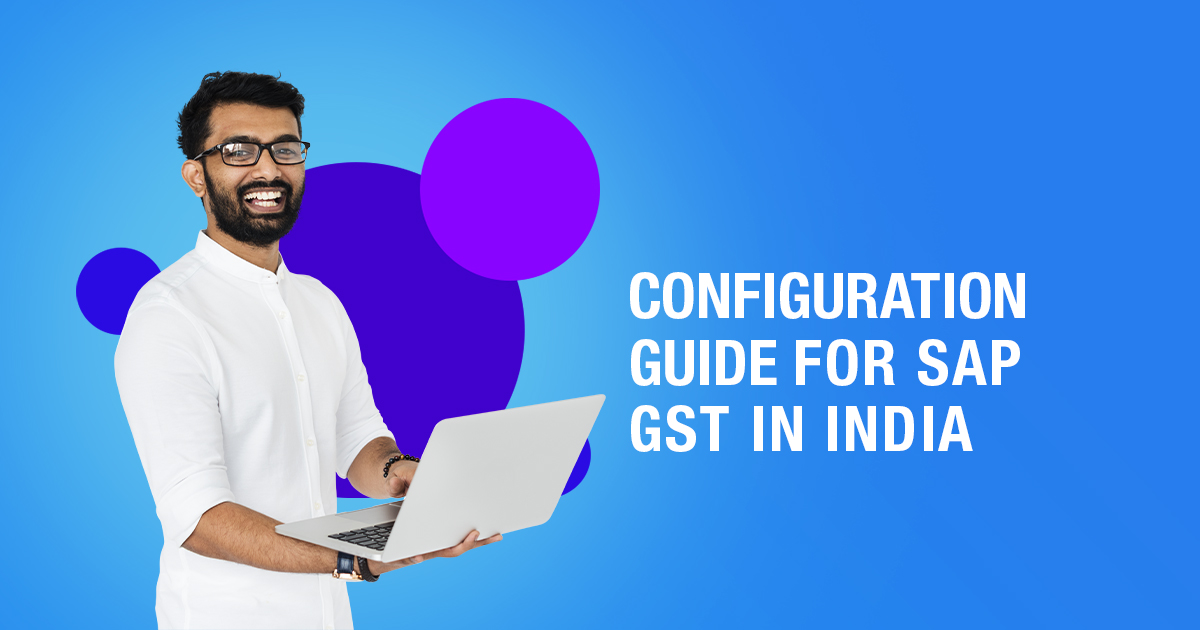
10 Comments
You did a great job of outlining the many sorts of cess in India. Your writing style is incredible, and this blog is quite educational.
Hello Karishma,
I appreciate your kind words.
That this article piqued your attention and kept you informed makes me very delighted.
Could you kindly explain the distinction between a surcharge and a cess?
Hello Aditya,
The Union government imposes cess and surcharge in order to raise money for running the government. Cess and Surcharge are distinct in many ways, even though they both contribute to the government’s revenue. The difference between the cess rate and the surcharge rate depends on the brackets into which each person falls. While Surcharge only applies to those in higher income levels, Cess is imposed on everyone.
Thank you for providing such a thorough explanation. You’ve covered every detail.
Hello Lakshmi,
Thank you so much for your kind words.
I am delighted that you found this article informative.
Have fun reading!
You mentioned destination-based taxation in the FAQs. Is VAT under this?
Hello Shaine,
VAT is typically implemented as a destination-based tax, with the tax rate determined by the consumer’s location and applied to the sales price.
I was reading on ITC and happened to see the term Reverse ITC. Can you specify what that is?
Hello Suchitra,
Input tax credit (ITC) reversal means that the credit for inputs previously used would now be added to the output tax liability, effectively nullifying the credit previously claimed.
Hope you are clear.